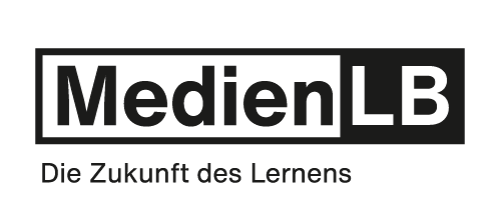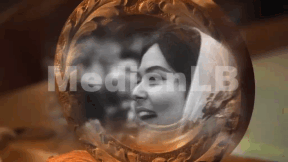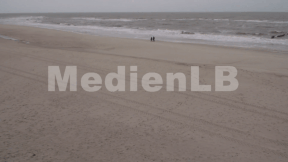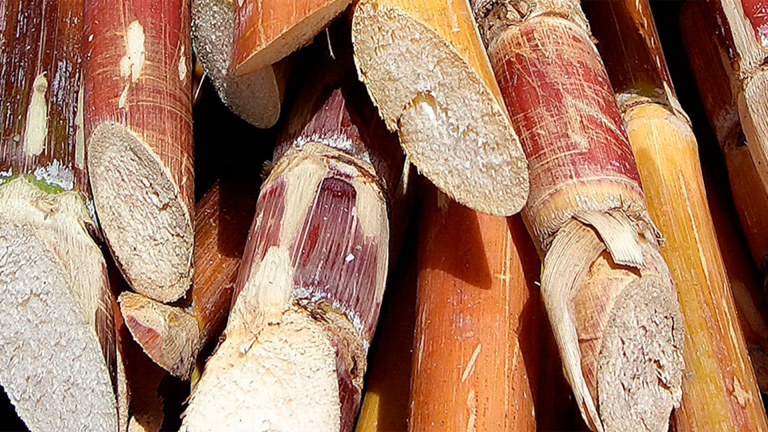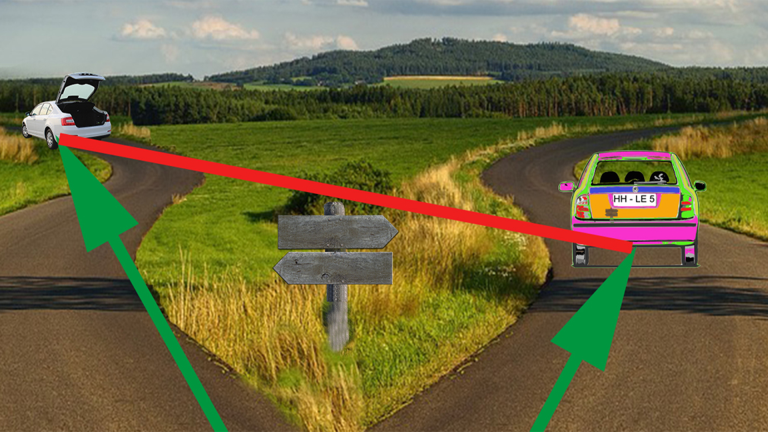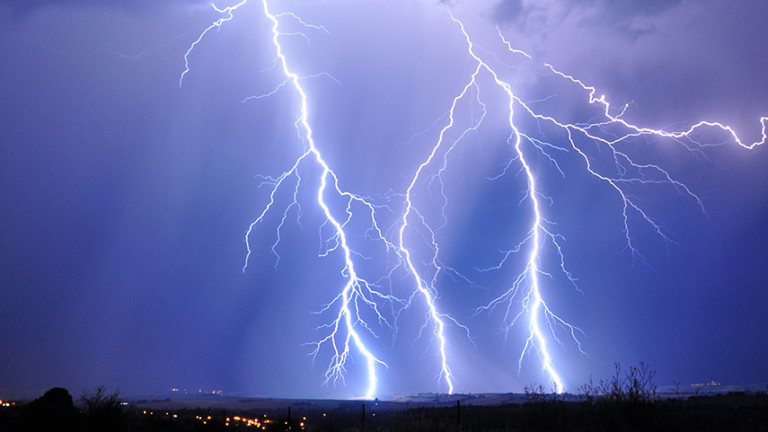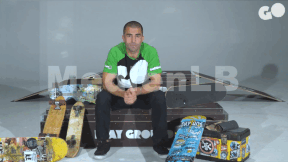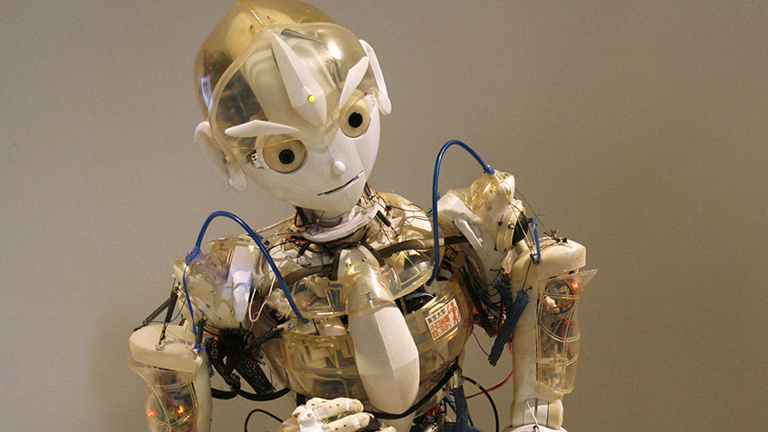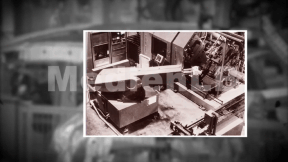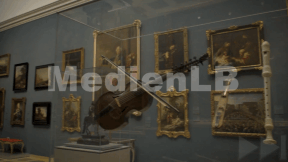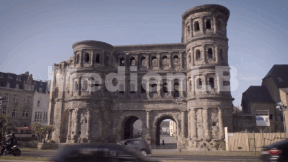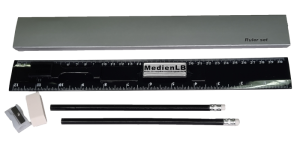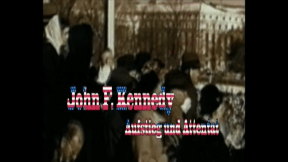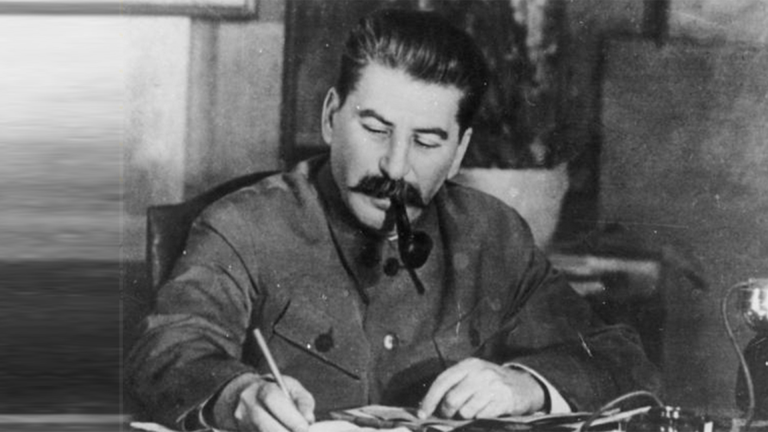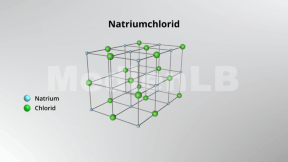Suche:
- # Artistry
- # Biology
- # Chemistry
- # Ecological
- # Economy
- # English
- # Foreign Language
- # Geography
- # German
- # Health
- # History
- # Informatik
- # Latin
- # Mathematics
- # Media Education
- # Music
- # Physics
- # Politics / Civics
- # Preschool
- # Primary School
- # Religion
- # Society
- # Sports
- # Technology
- # Training of Teachers
- # Vocational Education
Sozialismus
Der Unterrichtsfilm beleuchtet die Grundlagen des Sozialismus, der als Gesellschaftsmodell auf Gemeineigentum und Gemeinwirtschaft beruht. Er hielt infolge der Industrialisierung als Gegenmodell zum Kapitalismus Einzug. Doch in den Ländern, wo sich der Sozialismus verbreitet hatte, erwies er sich als ökonomisch ineffizient und führte letztlich zur Einschränkung der menschlichen Grundrechte sowie zur Verletzung der Rechtsstaatlichkeit.
Learn moreDeutschlands Landschaften
Deutschland ist ein Land der Landschaften. Der Film nimmt uns mit auf eine Reise von den Küsten im Norden über die Lüneburger Heide, die Lößbörde und die Mittelgebirge in der Mitte Deutschlands bis zu den Alpen im Süden.
Learn moreSugar
The “Sugar” DVD covers the sugar beet and sugar produc- tion in detail. Simple and clear pieces of information allow the children to easily understand the individual stages from sowing the seeds to processing the beets in the sugar factory. The film conveys that the sugar produced is not an industri- al but a natural product, which is merely extracted from the sugar beet in the sugar factory. The pupils are provided with detailed answers to questions like “Since when have we had sugar?”, “What is sugar used for?” and “What properties does sugar have?”.The DVD addresses the following main points of the topic of “sugar”: Sugar sweetens our daily lives (sugar as an ingredient in many foodstuffs, significance of sugar in our diet), the his- tory of sugar (sugar as a luxury good 200 years ago), sugar formation in the beet (photosynthesis), sugar extraction (the major processes in the sugar factory), kinds of sugar (proper- ties of sugar, various kinds of sugar and their uses).
Learn moreElektrizität
Die Elektrifizierung bedeutete für die Menschheit einen fundamentalen Fortschritt.
Learn moreSkateboarden
Mittlerweile sind Skater fester Bestandteil eines jeden Stadtbilds und es gibt wohl kaum ein Fleckchen Erde, wo es nicht wenigstens ein paar eingefleischte Szeneangehörige gibt. Trotz dieser globalen Dimensionen und der enormen jugendkulturellen Prägungskraft findet Skateboarding bisher nur äußerst selten seinen Weg in den Sportunterricht - und das, obwohl Skateboarding Schülerinnen und Schülern das Lernen in vielen Kompetenzbereichen des Faches Sport ermöglicht und nun sogar olympisch wird!
Learn moreRobots
They carry out hard work without complaining, tirelessly and precise in their performance. They explore dangerous territory for us, help us with household chores or are just playmates. Robots have long become valuable assistants in our work environment and in our everyday lives.
Learn moreQuellen der Geschichte
Der Schlüssel für das Verstehen von Geschichte sind Zeitzeugnisse. Sie zu lesen und zu deuten ist die Grundlage für ein historisches Bewusstsein. Der Film erläutert in anschaulicher Weise die unterschiedlichen Arten von Geschichtsquellen. Die Zuschauer:innen werden sensibilisiert für den Blick auf eine vorhandene – oder nicht vorhandene – Überlieferungsabsicht und bekommen ein Verständnis für die Multiperspektivität.
Learn moreMediaeval Towns
The mediaeval town was a fortified place where people lived who most of all engaged in commerce and trade.
Learn moreJohn F. Kennedy
John F. Kennedy married the 34-year-old Jacqueline Bouvier. Now they have two children, Caroline, 5, and John-John, 2. The presidential aircraft Air Force One is flying over Texas in the direction of Dallas Airport. The State of Texas is traditionally a conservative Republican stronghold. Kennedy’s fight for civil rights, his liberal domestic policies as well as the orientation of his international politics displease the conservative elites of the Texan metropolis. For them, Kennedy is a friend of the communists and “nigger lover”. The 46-year-old John F. Kennedy is the youngest president of the United Sates and the first Catholic one. Over the past three years, Kennedy has led the United States into the most significant economic boom in the country’s history. The President has the protective roof of the car removed in which he is driven through the streets of Dallas on November 22, 1963 so that people can see him better. Roughly 250,000 people are lining the streets and cheering for him. In the just over thousand days as president, Kennedy has become famous. He represents a new era. The President’s convoy is moving through the centre of Dallas. Slowly, they are passing the building which is used as a depository for school books. Three shots are fired. A person was seen fleeing the book depository. It is 1 pm. 30 minutes have passed since the attack. President Kennedy is declared dead. He was the youngest president ever elected... and he died the youngest.
Learn moreDictatorships in the 20th Century II
Nobody could trust his colleagues, his friends, even his own family any more. An entire nation was brutally oppressed, spied out and exposed to any conceivable form of despotism. Until Joseph Stalin died on 5th March 1953, these facts were the bitter reality of the Soviet citizens’ everyday life. This despot used his absolute power to wage war against his own people for decades.
Learn moreChemische Bindungen
Chemische Bindungen sind ein zentrales Element der Chemie. Unter der Bezeichnung „Chemische Bindung“ versteht man im Allgemeinen den Zusammenhalt der kleinsten Teilchen in chemischen Stoffen. Wenn also zwei oder mehrere Atome oder Ionen stark miteinander verbunden sind, liegt eine Chemische Bindung vor.
Learn more


